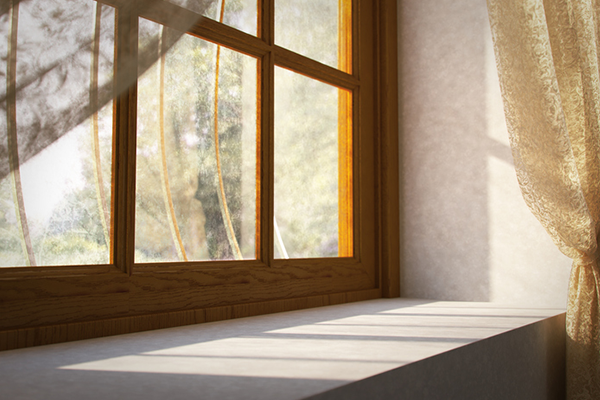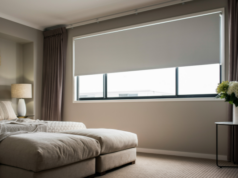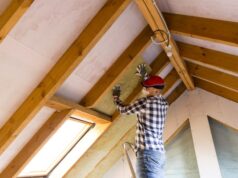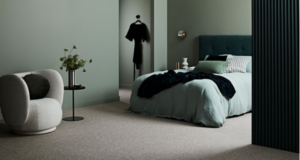
Orientation and placement of windows is just as important as frame type and glazing choice. Strategic orientation improves energy efficiency, indoor comfort and natural lighting while helping to reduce heating and cooling costs year-round.
Principles of orientation
- Good orientation maximises passive solar heating in winter and limits unwanted heat gain in summer.
- In hot humid and hot dry climates with no winter heating needs, windows should exclude sun year-round and prioritise cross-ventilation.
- In all other climates, orientation should enable a mix of passive heating and cooling.
Seasonal sun angles
Because the sun sits lower in the sky during winter and higher during summer in the southern hemisphere, window placement must account for solar arc variation:
- Orient homes along an east-west axis to minimise exposure to harsh morning/evening sun.
- Factor in landscape elements like walls, trees and neighbouring buildings.
North-facing windows
- Receive the most winter sunlight; ideal for living areas.
- Easily shaded from summer sun using 600mm eaves or external shading.
- Recommended glazing area: 10–25% of floor area of the room.
- Suitable for passive solar heating.
Tips
- Place living, dining and kitchen rooms to the north.
- Use horizontal shading like eaves or pergolas.
East- and west-facing windows
- Receive minimal winter sun but excessive summer sun.
- Keep sizes small and provide effective shading (especially west-facing).
- Consider low-e or toned glazing to reduce solar heat gain.
Tips
- Consider locating a garage on the west side.
- Use vertical shading or performance glazing.
South-facing windows
- Receive no direct winter sun and limited summer exposure.
- Best used for cross-ventilation and to frame views.
- Require minimal or no shading.
- May promote heat loss in winter, especially in cooler climates.
Tips
- Use double glazing to reduce heat loss.
- Keep windows small and operable to support airflow.
Tools for solar analysis
- SunPosition.info and Geoscience Australia provide tools to assess solar angles based on your location.
Dealing with poor solar access
In high-density environments or poor orientations:
- Avoid full-length windows with shaded lower sections.
- Raise sill heights to limit heat loss through unexposed glass.
- Use high-level windows or vents to generate natural convection currents.
- Select high-performance glazing to optimise insulation.
- Incorporate thermal insulation, draught proofing and window coverings.
Compliance notes (NCC 2022)
- Design decisions must support the 7-star NatHERS energy rating requirement for new homes.
- Glazing and placement must consider thermal performance in accordance with Volume Two Part 3.12.
- Solar access, cross ventilation, and passive design principles are integral to achieving performance solutions.
Window orientation and placement, when paired with informed material choices, is essential to building or renovating homes that are efficient, liveable and compliant.





